Review of Related Literature
I

The Philippines is a country with many tourists due to its tourism industry. The Philippines attracts visitors due to its abundance of breathtaking natural tourist destinations.
According to Howard Hughes’s (2013) book on arts, entertainment, and tourism, “art is something that can also attract tourists.” According to him,
“Some arts and entertainment have the capacity to attract audiences from great distances, distances so great that some audience members must spend the night away from home”.
Hughes, 2013
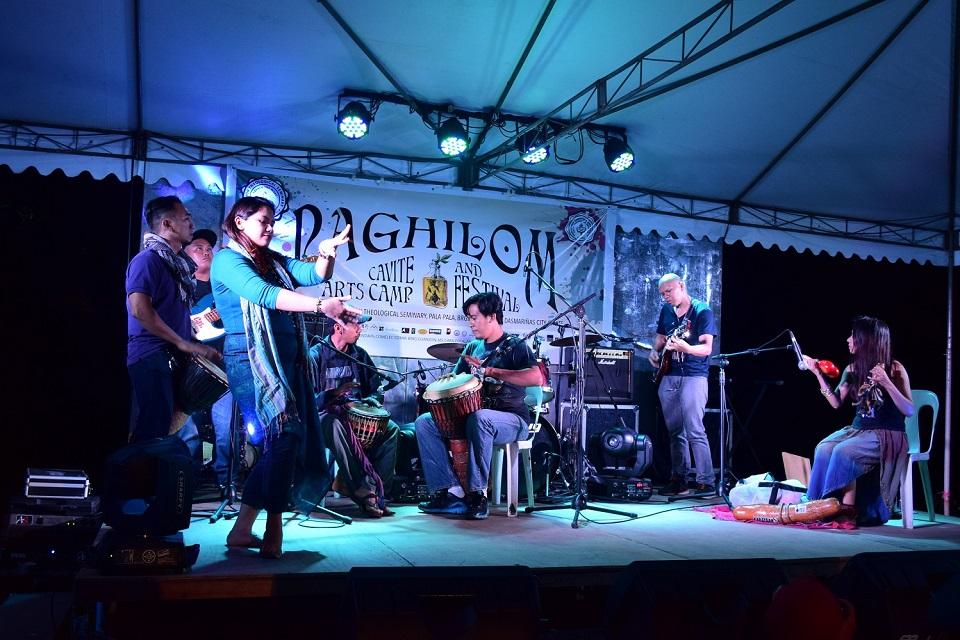
In the Philippines, Art is a highly essential component of everyday life.
Filipino culture, such as patriotism and various forms of emotion, is expressed through this expression form. Various art activities are already held here in the Philippines, and one of the best examples is from Rappler (2017),
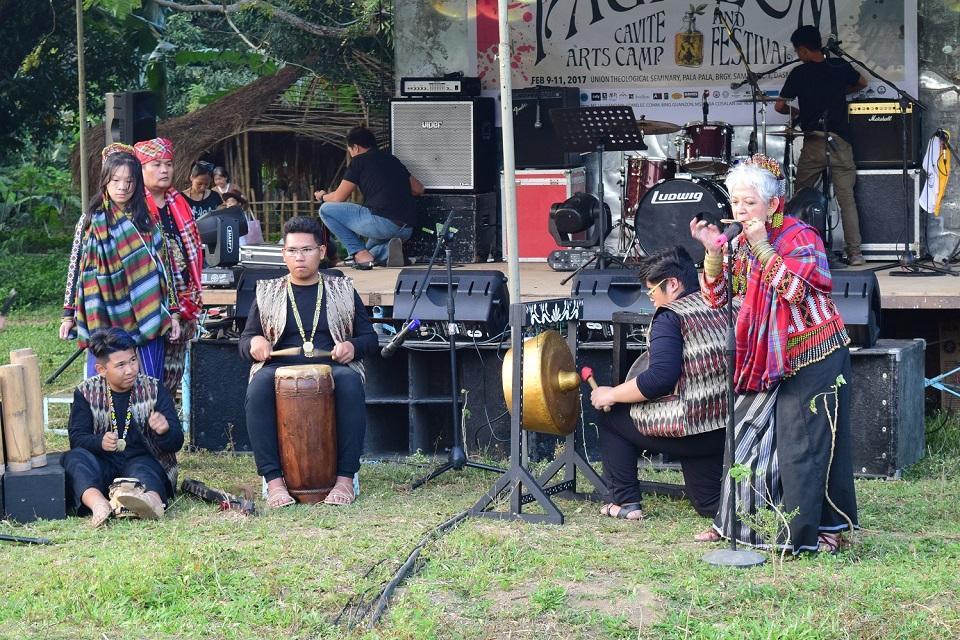
“Paghilom” is an art festival held in Cavite, Philippines. The subject of the festival is Paghilom, which translates as “heal” or “renewal.”
The artist refers to Art and its production as transforming activities required to cure individuals, communities, and society of their afflictions. The festival’s original purpose was to develop a sense of community among artists, and it was also intended to arouse interest in local Art”.
Rappler (2017)
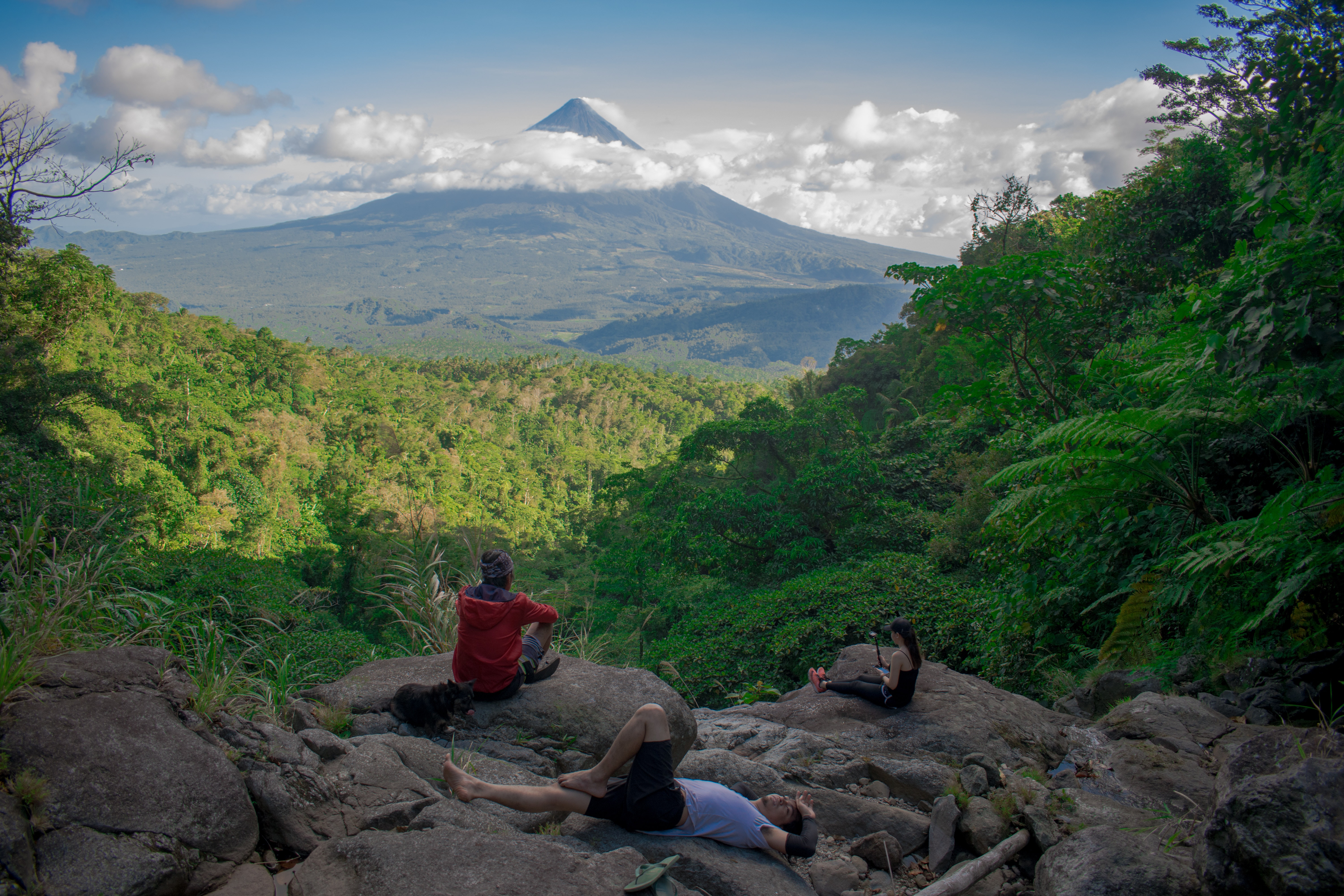
Thus, People who travel to discover, attend, and participate in events and movements related to the arts are known as art tourists.
“Artists and tourists” are people who travel to learn new things and participate in art-related activities.
Also, “Audiences who are attracted to a place by the arts may be termed “arts-core” tourists who travel to see the arts” (Hughes, 2013). This type of tourist may assist Philippine tourism, so it is beneficial to include the arts in tourism.
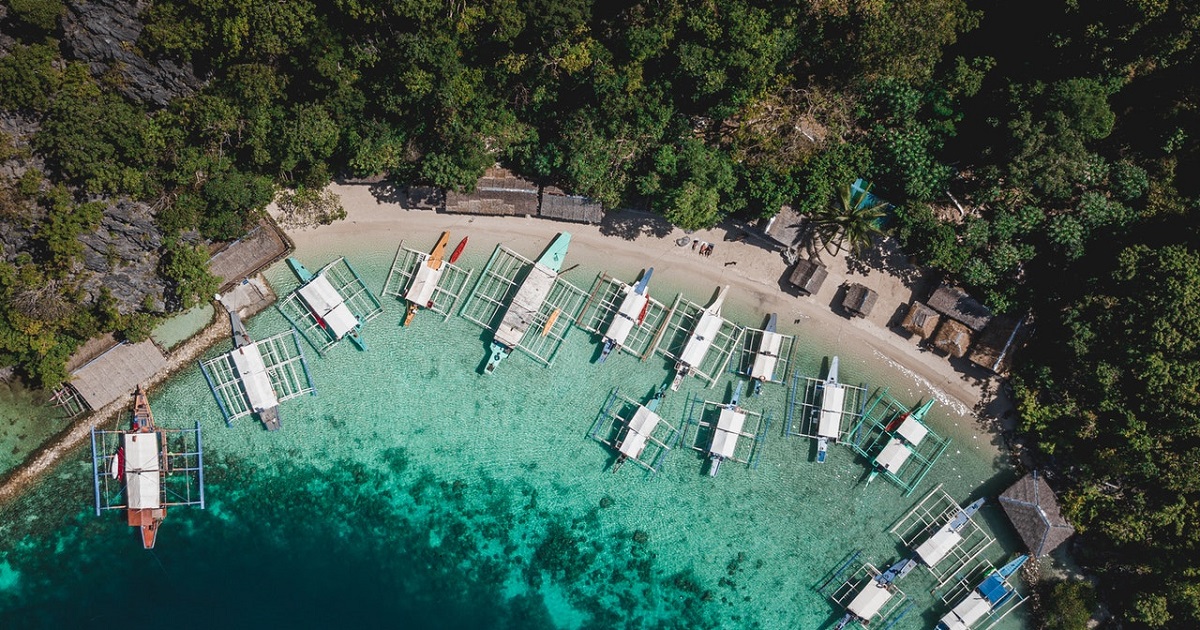
Arts can also benefit the Philippine economy because they affect every tourist who visits the country. Former Secretary of Tourism Ramon Jimenez, Jr. stated that “tourism is a people’s business.”
“It is our business.”
Because tourism is one of the world’s most important industries, it should continue to diversify and grow in order to achieve significant growth.

“Art and tourism are so intertwined that the line between them is becoming increasingly blurred. At first glance, art appears to have the following effects on tourism: Art inspires people to travel to specific locations. Art allows people from different cultures to understand one another better. Art both reflects society and communicates with audiences. Art has the potential to generate revenue”.”
Andrew & Andrew-Essien (2013)
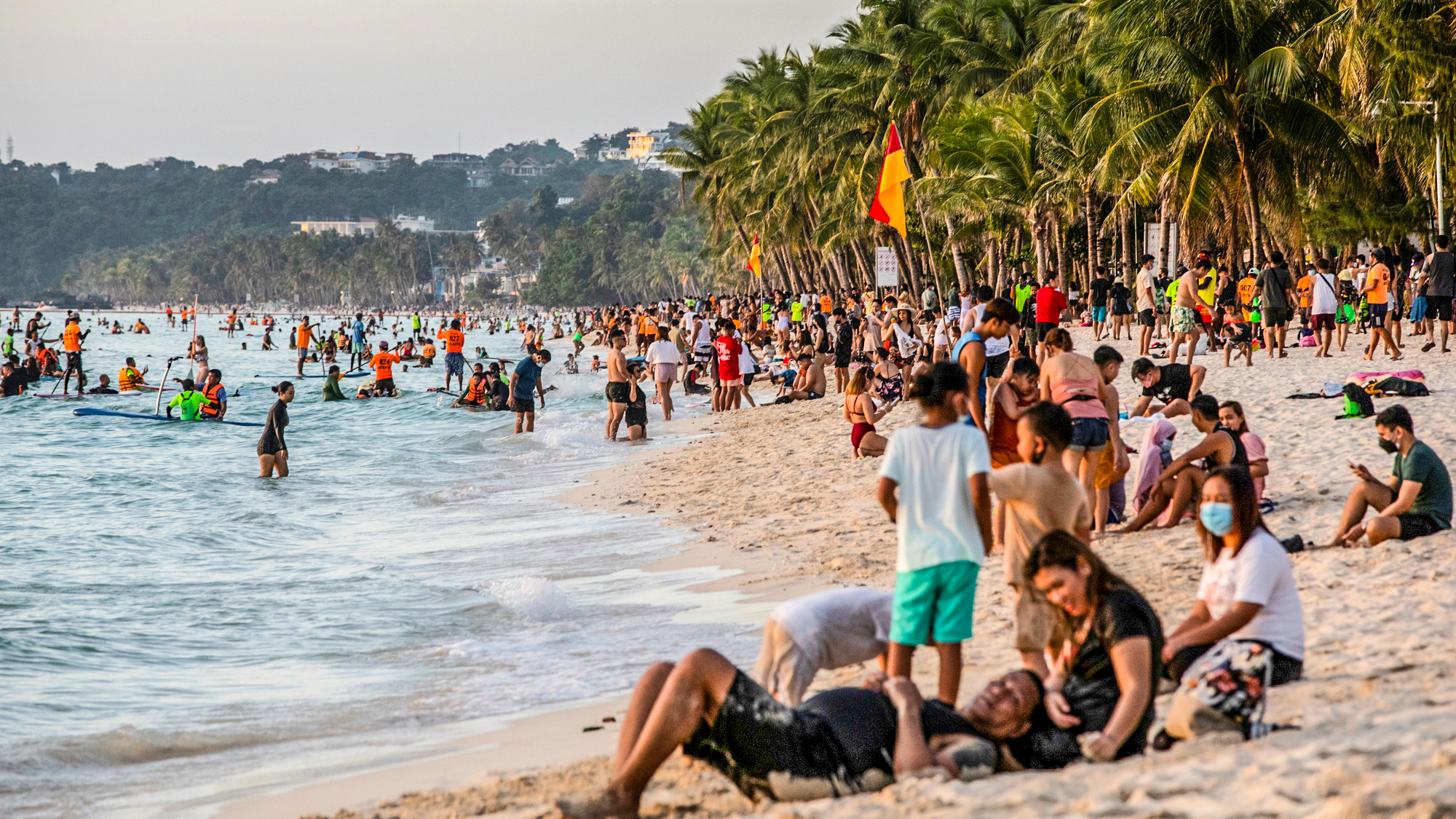
“An ever-increasing number of tourism sites worldwide presents the chance to transform tourism into a vital driver of socioeconomic advancement through the creation of jobs, the increase in export profits, and the development of infrastructure.
The number of international tourists arriving has increased steadily throughout the years, from 25 million (1950) to 278 million (1980) to 528 million in (1995) to 1087 million (2013). This expansion has occurred despite a variety of temporary problems. As a result, tourism has risen to become one of the essential participants in international trade and a significant source of income for many developing countries”.
BRUNS, 2014
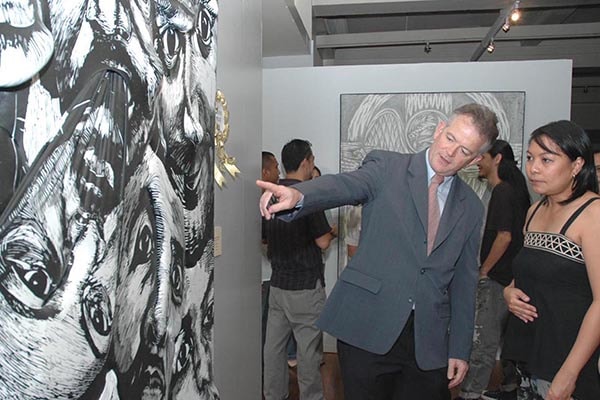
As is common knowledge, every time a person visits a new location, they purchase souvenirs, some of which may be works of art.
“From a broader perspective, art in tangible or performative forms can help tourists collect or experience parent cultures’ memories and experiences. Paintings, sculptures, ceramics, and textiles with indigenous themes and styles are commonly sold as souvenirs and mementos to interested tourists at airports, hotels, and tourist sites”.
Andrew & Andrew-Essien (2013)
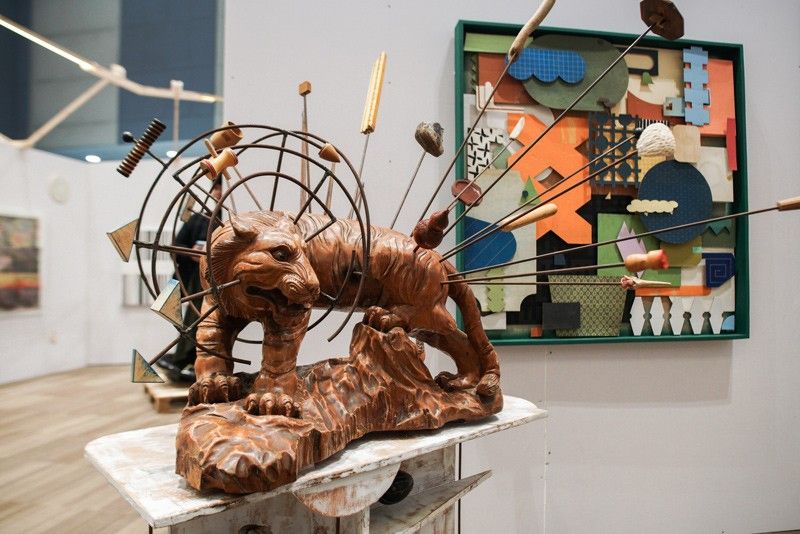
Arts are products that need to be well-known and well-promoted to draw locals and visitors worldwide.
Art and cultural institutions provide contact points for tourists, such as art galleries or museums. Like fairs and festivals, art-related activities such as art shows and fairground attractions allow tourists and artists to interact with each other.
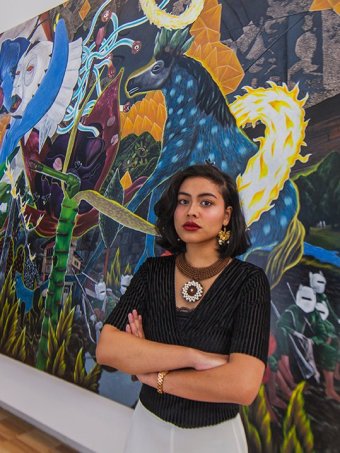
The theatrical nature of cultural festivals attracts more tourists than traditional exhibitions of tangible arts and crafts, which tend to be less popular.
Actors, directors, designers, and the rest of the creative team often have the opportunity to showcase their sub-artistic talents at festivals.
Most cultural institutions and artistic festivals aim to highlight the best of the host country’s people, ideas, and products.
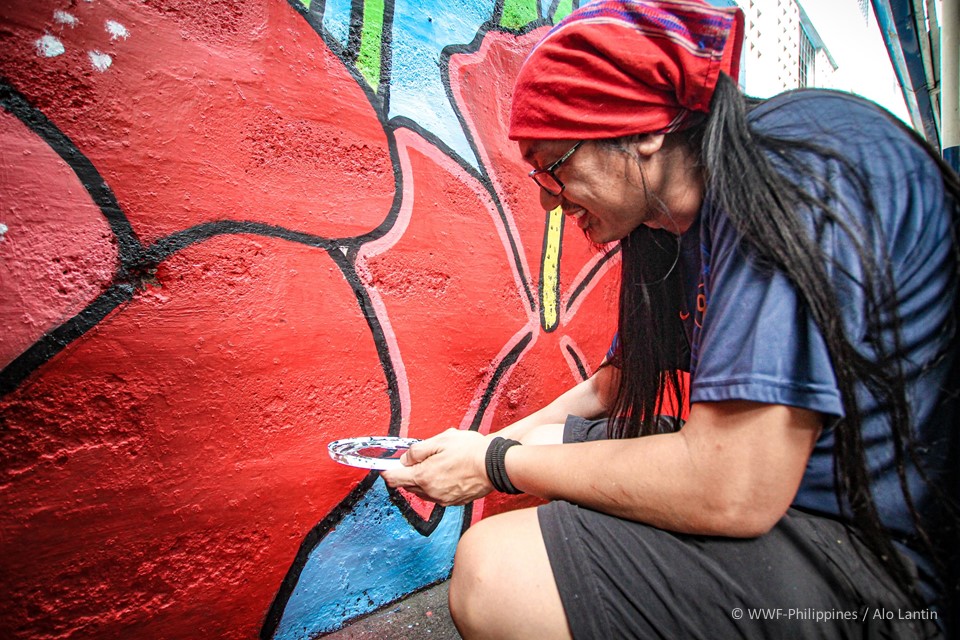
The arts are a valuable supplement to community development initiatives.
They provide a better quality of life, upgraded local facilities, and play a significant role in luring young professionals into a community. Therefore, art is a tool for tourism promotion.
The arts are a valuable supplement to community development initiatives.
They provide a better quality of life, upgraded local facilities, and play a significant role in luring young professionals into a community. Therefore, art is a tool for tourism promotion.
II
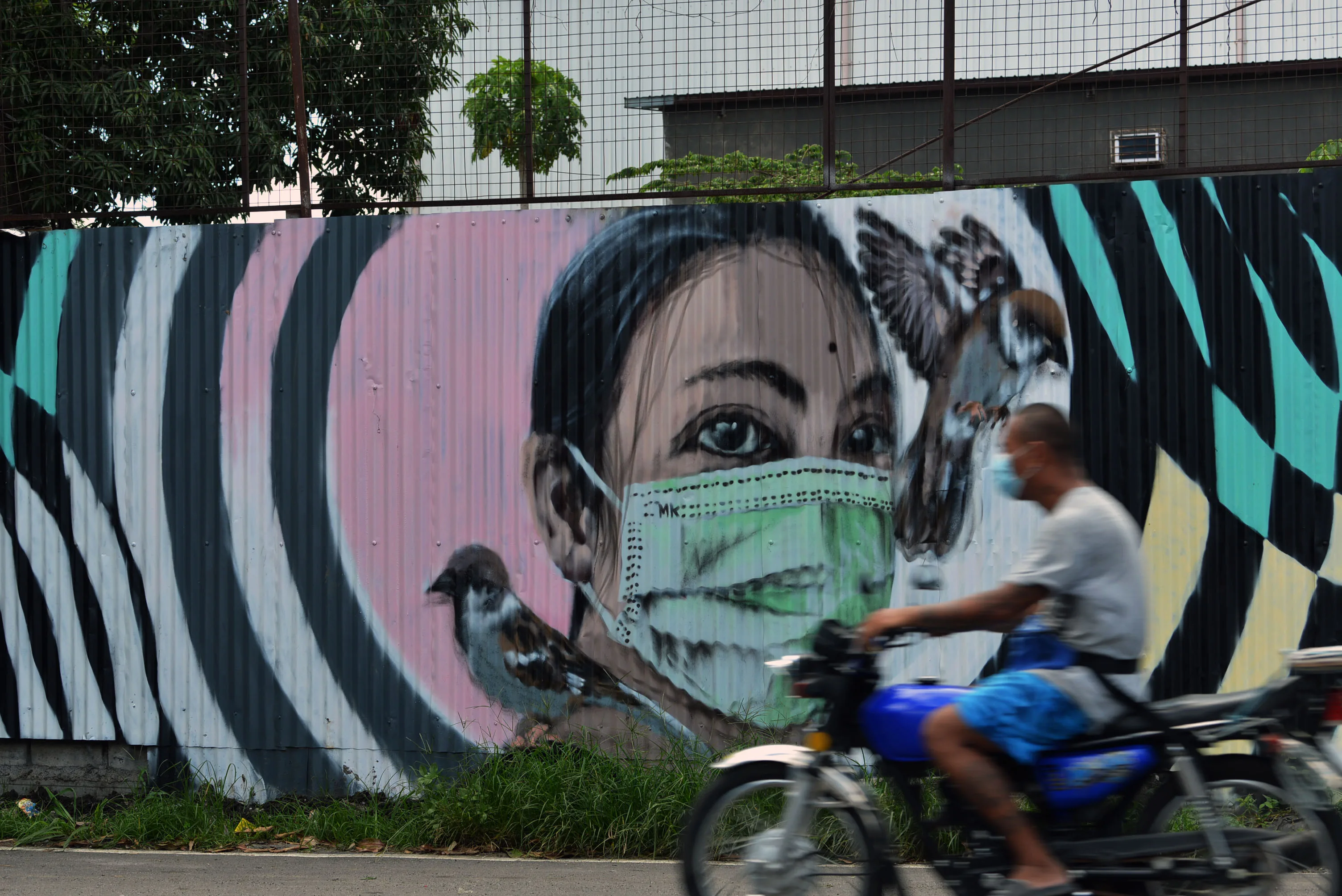
It has developed from being referred to as vandalism to being regarded as a form of art when we witness sketches, doodling, and paintings in public locations.
Street art has become a part of our contemporary culture due to social acceptance. They have, in a way, become a mirror of our own identities, as well as a new means for us to enjoy art in a different light than we previously did.
Using murals to convey the story of their communities, provide a unique experience for visitors, engage citizens, promote foot circulation and tourist traffic, raise awareness of and appreciation for the arts and artists, and enhance the general aesthetic of a space are all possibilities.
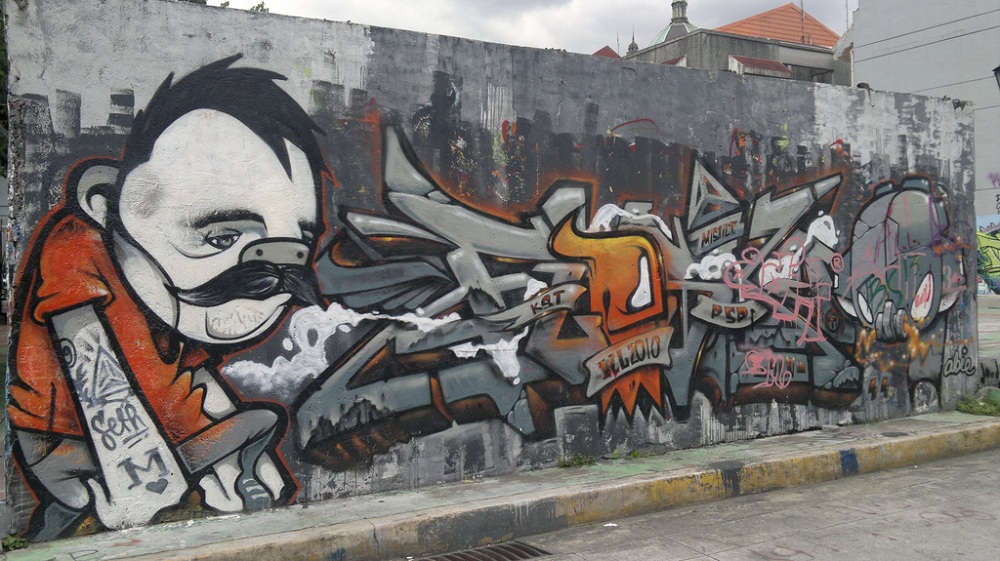
The street art movement in the Philippines is rapidly evolving into a fully-fledged art form.
Graffiti and murals have recently become more common in Manila, the country’s capital, and other major cities. Instead of only seeing art in galleries, you can now see it on the face of buildings, along pathways and underpasses, on demolished walls, on sidewalks, and generally, anywhere more accessible to the general public.
Because of the country’s long history of Asian, European, and American influences, Filipino street art is both vivid and eclectic, as one would expect.
BRUNS, 2014
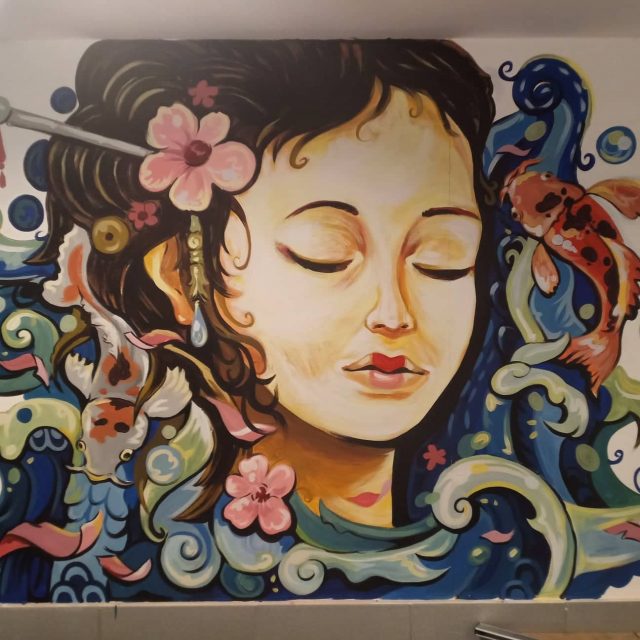
Using murals to convey the story of their communities, provide a unique experience for visitors, engage citizens, promote foot circulation and tourist traffic, raise awareness of and appreciation for the arts and artists, and enhance the general aesthetic of a space are all possibilities.
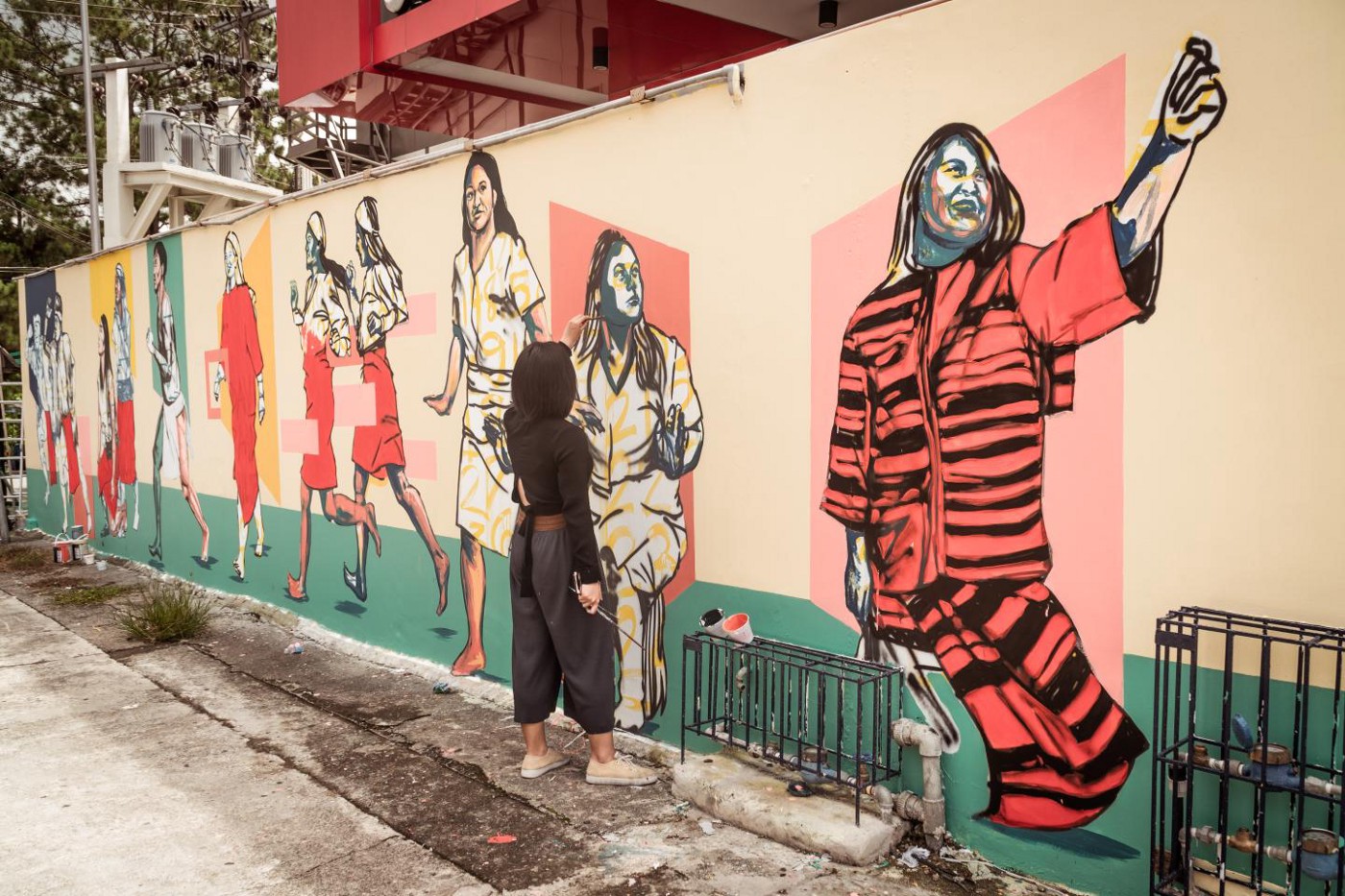
Local cultural essence and character can be inscribed in public street art in a popular and easily accessible manner. Escorteganha (2013)
“The purpose of street art extends beyond wall crack camouflage to include pictorial riches of all kinds, materials, and shapes.
When discussing physical representations of culture, researchers underline that street art symbolically highlights and illustrates urban locations, hence raising the social and political consciousness of the community as a result of the artwork”. (Sadatiseyedmahalleh, 2015).
Laura (n.d) stated the reason why murals help the community. “
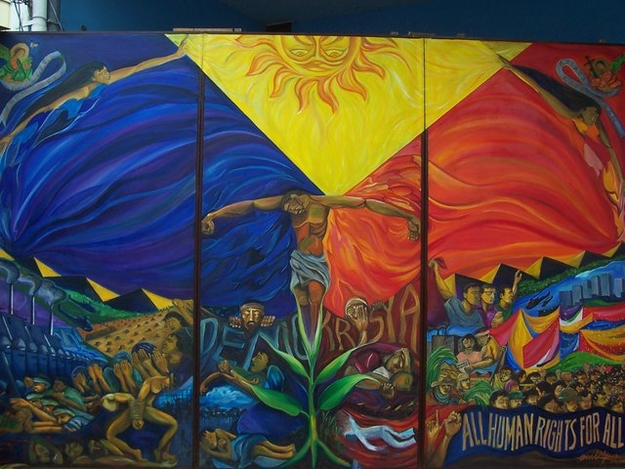
- Mural art can attract tourism
- People may travel to see a famous artist’s mural
- Beautiful selfie walls, like standing in front of wings, may attract tourists
- Art can inspire change
- Collaborative mural projects where members of the community help paint can create a sense of city pride
- Public mural art can make spaces feel safer
- Murals can beautify public spaces
- Art can make people feel happy”. Here are some examples of stunning pieces of murals in the Philippines.
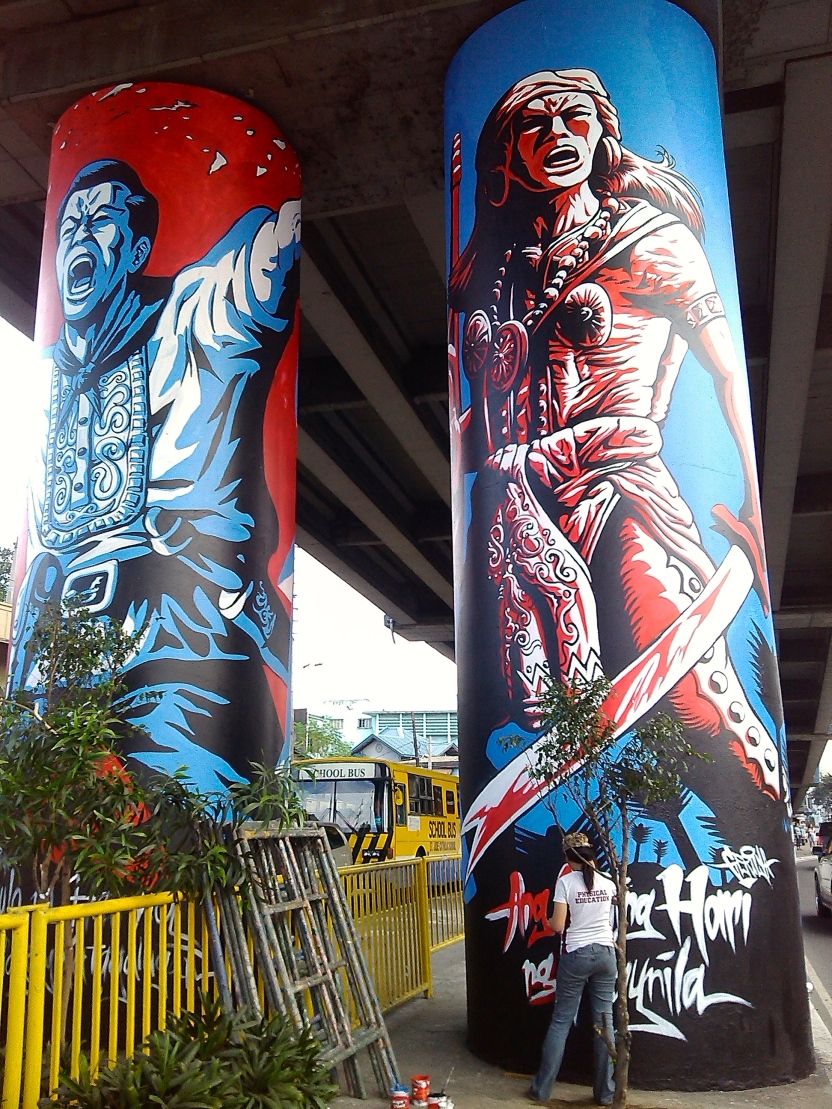
Pundasyon (Ang Supremo at ang Rajah)” by Gerilya.

It is part of the Urban Artscape Project, and it can be found on 20-meter-high underpass columns in Nagtahan Bridge, Metro Manila.
The mural is titled “Pundasyon,” which translates to “Foundation.” Ten columns were painted with Filipino tales that depicted revolutionary heroes and historical leaders throughout the Filipino revolution.
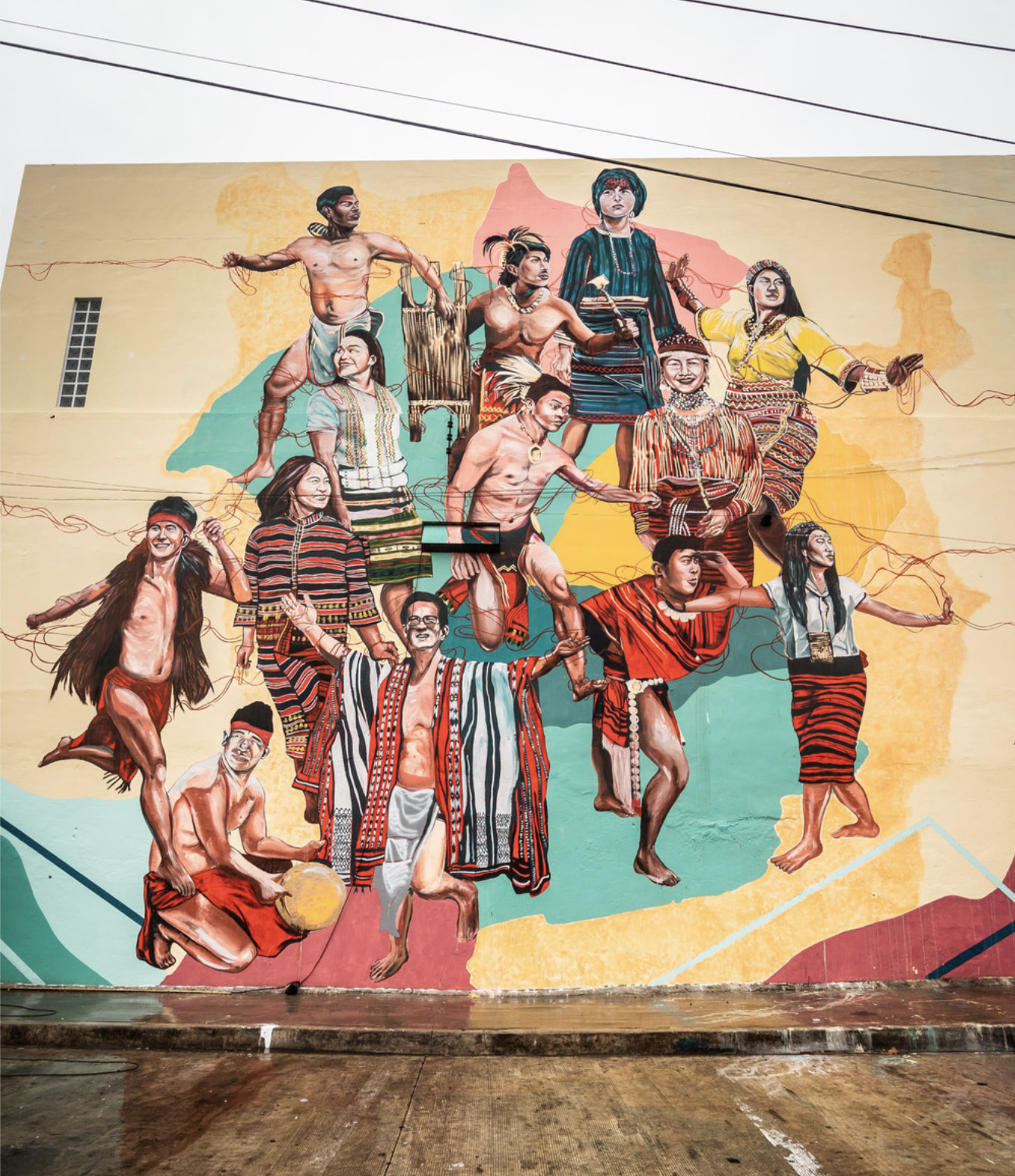
“Hila-bana” by Venazir Martinez

Hila-bana is a Hawaiian term that refers to temporary sewing held together by a crimson string.
The mural depicts anthropological figures representing indigenous collective identities from the Cordilleras, vital mountain ranges located in the northern half of the Philippines’ largest island, Luzon.
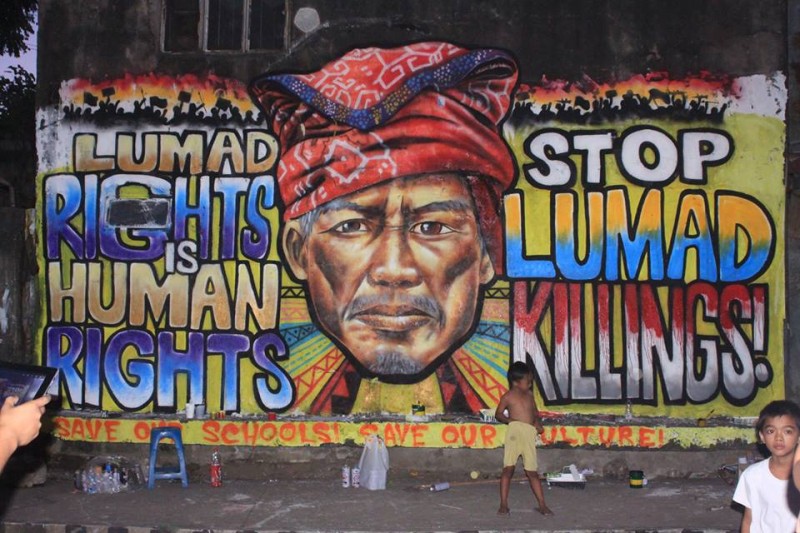
Mural tourism utilizes street art or mural art to improve the appearance and cultural vibrancy of a city or city area.
Tourism offers a unique opportunity for governments, citizens, and tourists to participate in tourism that is cool, colorful, and beneficial to a destination’s social and economic status—particularly in the case of minority groups and the impoverished.
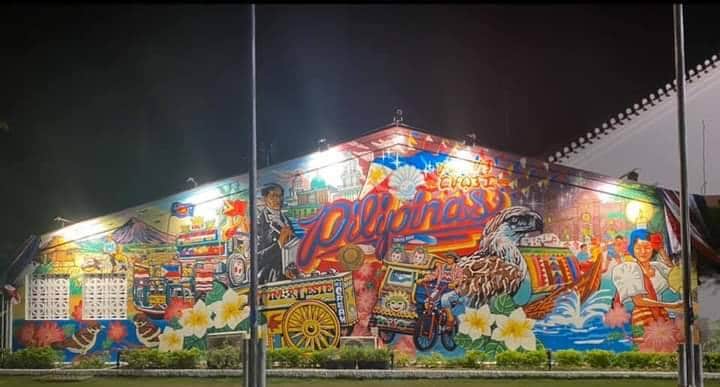
Even though many people believe that graffiti art is a tool to combat urban decay, it also encourages graffiti artists to use their abilities for social good.
Street artists can help prevent the ruin of their neighborhoods, support the growth of new businesses, and provide themselves with new job options by participating in street art.
